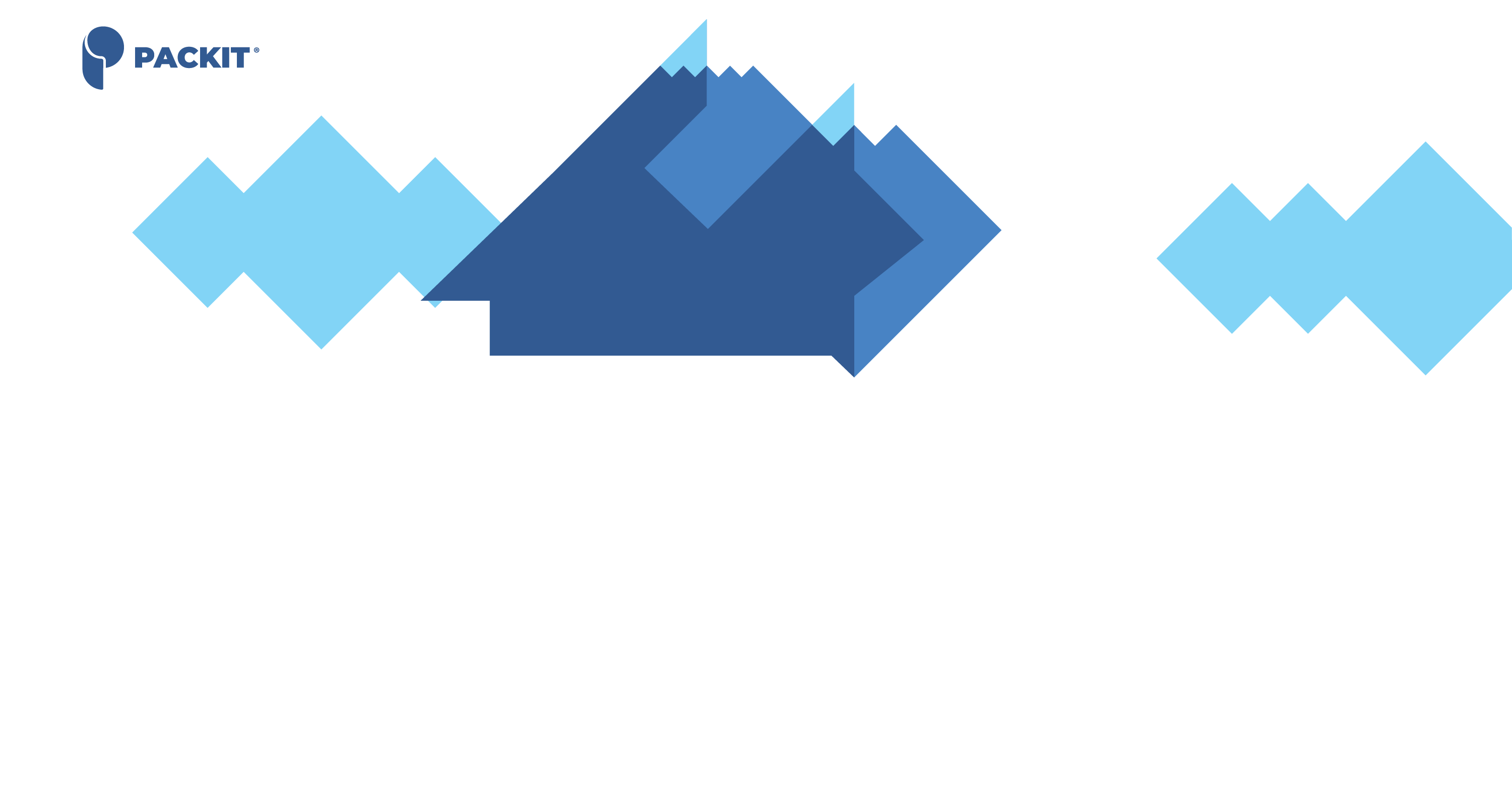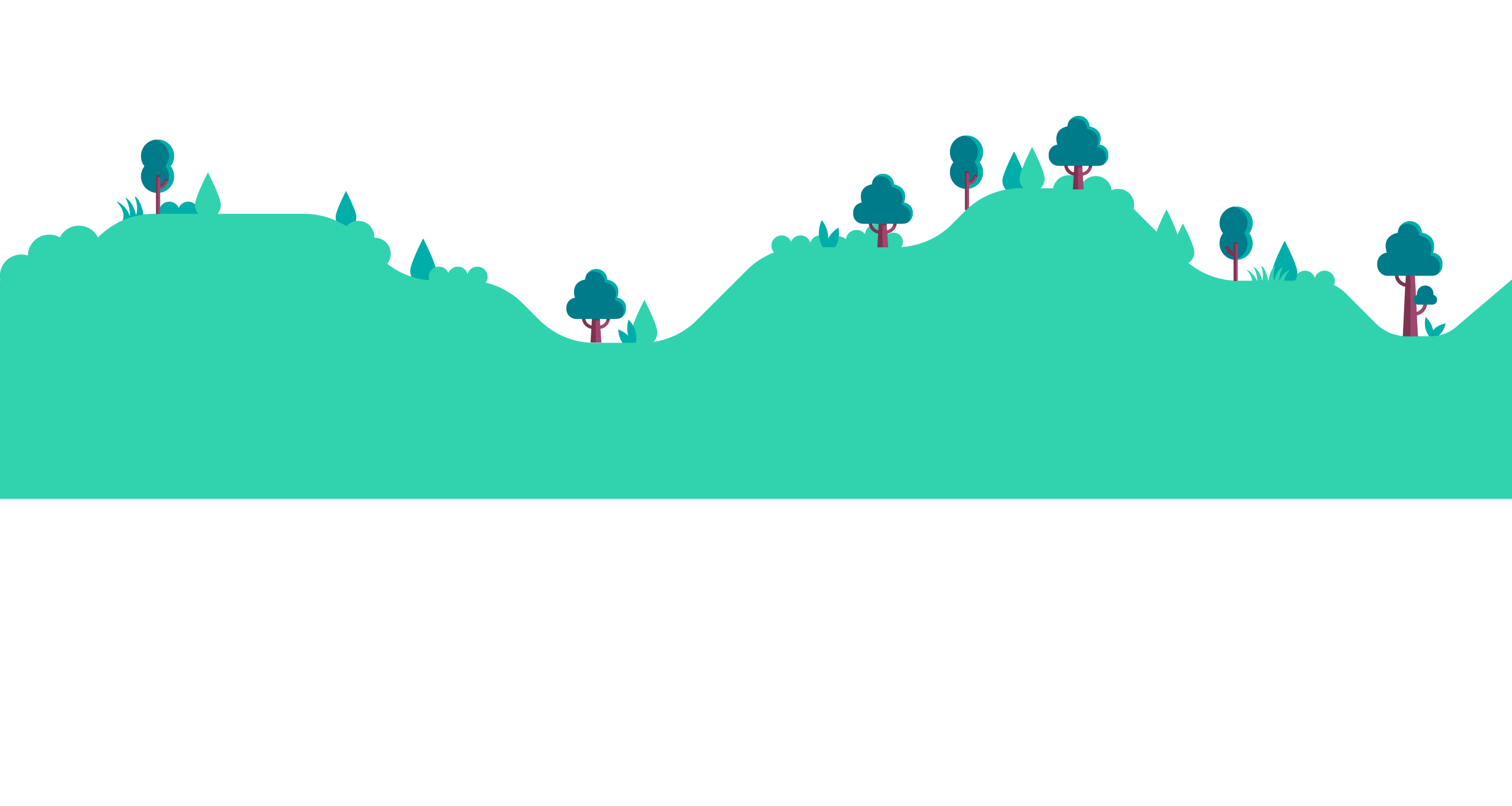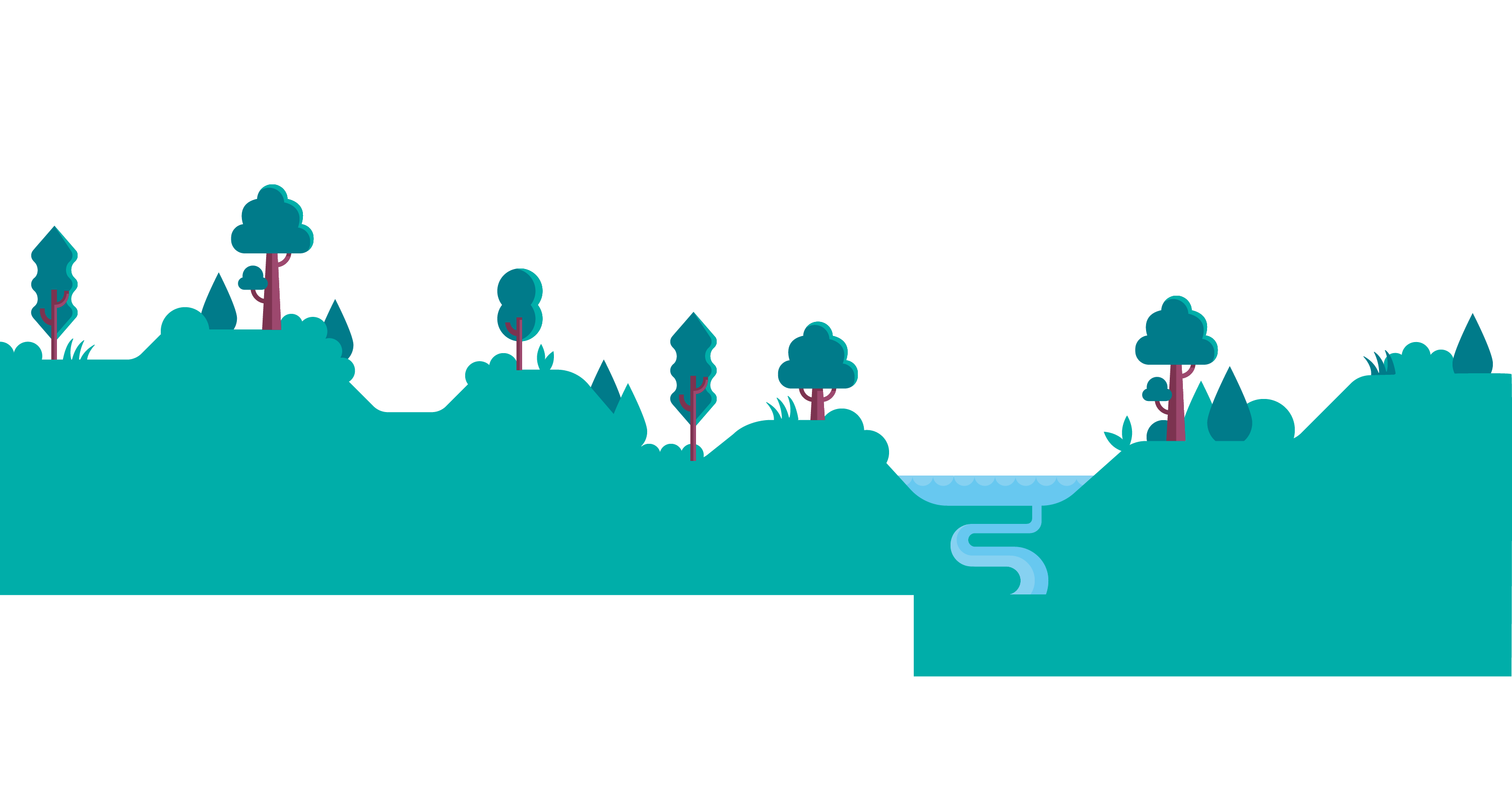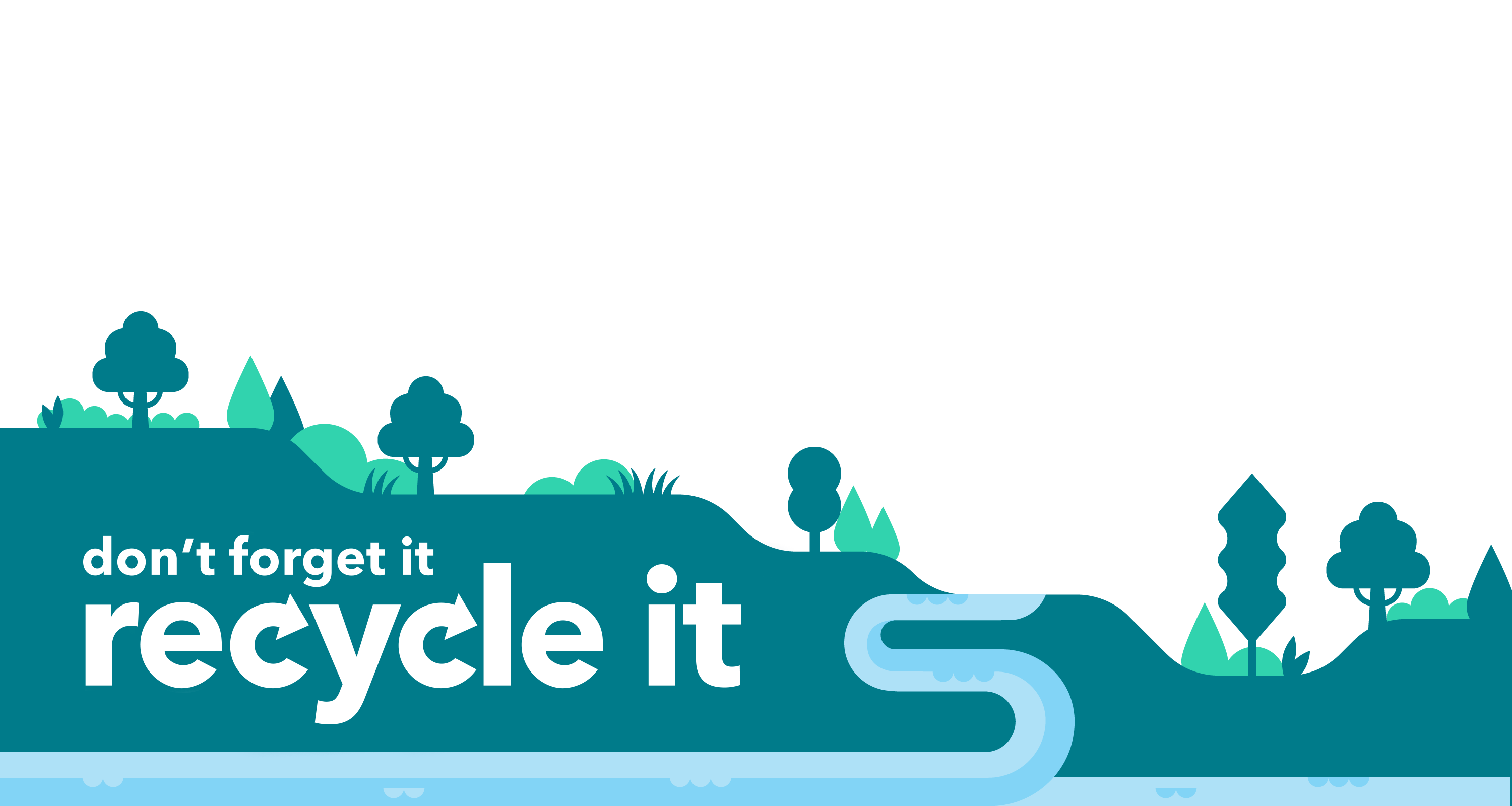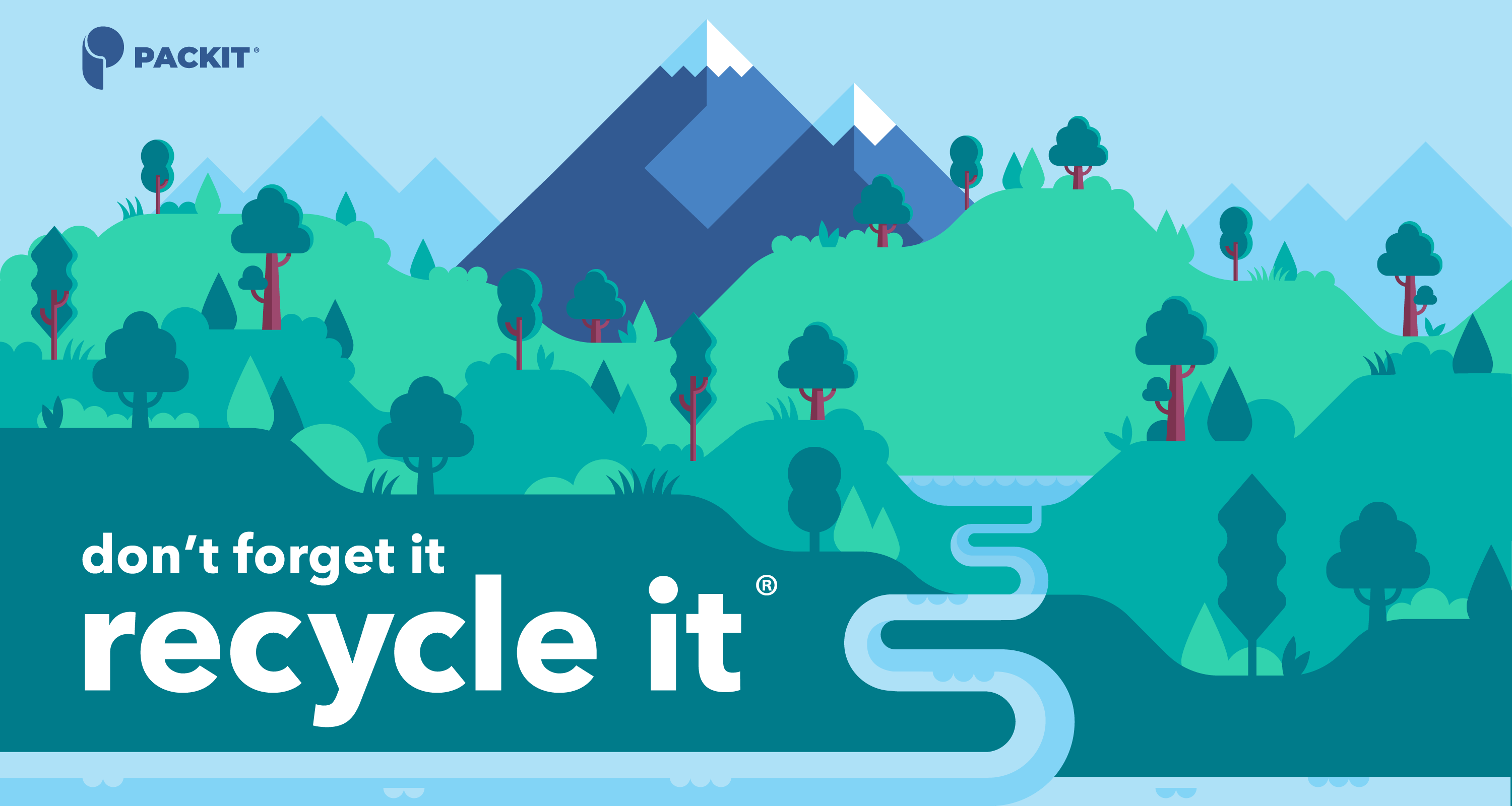Don't let your Number 5 plastics end up in the landfill
We are all dependent upon the use of plastics in much of our lives – for food and medicine packaging, household cleaning products and electronic goods, clothing, building and gardening materials, and much more.
New Zealand has a wonderful natural environment, which we all want to keep healthy and safe for our families now and in the future. To support this important goal, the Circular Economy is growing in New Zealand and speaks to the concept of Kaitiakitanga – conserving our land and resources for the future.
Number 5 PP plastic is highly versatile and used to manufacture lots of different products
Many of the foods and other household products which you buy, are packaged in Number 5 PP plastic
Once you’ve enjoyed your food or finished your product, what happens to your Number 5 PP plastic container?
Up until now a large amount of Number 5 PP plastic has gone out with normal refuse, and then straight to landfill
You can help to reduce the amount of Number 5 PP plastic going to landfill, where it can take thousands of years to decompose
Sort and wash
your #5 plastics
Drop off
your #5 plastics
Plastics are transported
to the recycling plant
Plastic containers
are processed
Remanufactured into
new plastic products
Resold at supermarkets
and retailers
Sort and wash your Number 5 ♷ PP plastics
Empty your Number 5 plastic containers – they could be your pasta sauce tubs and oyster tubs, your medicine bottle, ice-cream or yoghurt tub, or that lunchbox that your kids no longer need. Now check for the Number 5 ♷ PP plastic logo, and wash out your containers. Any dirty or contaminated items, including things put out for recycling in your kerbside collection, are not likely to be recycled, probably going straight to landfill. Everything you put out for recycling is hand-sorted, so why would you put dirty items in your recycling for someone to deal with?
Instead, make a better choice and help us build a sustainable future...
Instead, make a better choice and help us build a sustainable future...
Sort and wash your Number 5 ♷ PP plastics
Empty your Number 5 plastic containers – they could be your pasta sauce tubs and oyster tubs, your medicine bottle, ice-cream or yoghurt tub, or that lunchbox that your kids no longer need. Now check for the Number 5 ♷ PP plastic logo, and wash out your containers. Any dirty or contaminated items, including things put out for recycling in your kerbside collection, are not likely to be recycled, probably going straight to landfill. Everything you put out for recycling is hand-sorted, so why would you put dirty items in your recycling for someone to deal with?
Drop-off your Number 5 ♷ PP plastics
Having checked that your plastic is Number 5 and made sure it isn’t dirty or contaminated, when you go to the supermarket, as well as taking your reusable shopping bags with you, take your washed Number 5 ♷ PP plastic containers with you. You can then drop them into the Recycle It collection point before you go into the supermarket. Then just do your shopping as usual, knowing you are helping our New Zealand environment, reducing our use of raw materials and resources and you’re looking after your whānaus future.
Plastics are transported to the recycling plant
PACKIT collect your used and washed Number 5 ♷ PP plastics from the collection point. The plastic is then checked and sorted by hand, and shipped to our partner recycling plant in Christchurch, New Zealand. The recycling plant is currently processing 10,000 kg of Number 5 plastic per month, which (according to the US EPA figures) is part of only 1 percent of Polypropylene (PP) plastic currently being recycled globally. You can help the plant make a real difference by increasing how much of our Number 5 plastic is recycled and reused.
Plastic containers are processed
Here, the Number 5 ♷ PP plastics are ground up, melted and remanufactured into raw material pellets. These raw material pellets are then on-sold to other plastic manufacturers to enable them to make new products as part of our growing Kiwi Circular Economy. The recycled, remanufactured raw material can now be processed into many other other useful items, such as building materials, gardening supplies, clothing and packaging. This is exactly what the Circular Economy is designed to do.
Remanufactured into new plastic products
Demand for recycled material from New Zealand manufacturers is out-stripping supply. When demand cannot be met the recycled material is imported from overseas – currently at the rate of 1000 tons - that is 72 Shipping containers a year! We want to vastly increase the amount of Number 5 ♷ PP plastics which we are recycling and remanufacturing on-shore. You can help us to do this and support New Zealand industry to remanufacture it into new products for our businesses and consumers to use. This would be a real Kiwi Circular Economy success story.
Resold at supermarkets and retailers
This is why we have set up Recycle It. We want to optimise the amount of Number 5 ♷ PP plastic which is recycled and remanufactured on-shore in New Zealand. We want to ensure we can meet demand for remanufactured Number 5 ♷ PP plastic and reduce New Zealand companies’ dependency upon overseas suppliers. We want to enable you to go shopping and buy products packaged in Number 5 ♷ PP plastic, knowing you’ve helped our environment, supported manufacturers and most importantly looked after your children’s future. It's a win-win-win situation for all Kiwis.
The Circular Economy has a very straightforward focus on making better use of our resources, through reducing our one-time use of raw materials to make a product – which then ends up in landfill. Instead, the Circular Economy encourages a reduce, reuse and recycle approach to our use of natural and man-made resources and materials. This enables us to reduce waste and improves our impact on our natural environment
To help New Zealand to achieve this, we can all make better choices at home by reusing and recycling our everyday plastic items wherever possible, and minimising waste products going into landfill which can pollute our land and water supply.
You can choose to send less plastic to landfill. Recycle it is a PACKIT initiative to ensure 100% of Number 5 PP collected at its collection points is recycled and reused without going to landfill.
We have made it easier for you to recycle your Number 5 PP plastic. By doing this, you are helping to keep our countryside safer and healthier for our children and all our whānau, now and into the future.
We have recycled
of Number 5 ♷ PP
Plastics so far
Why do we want to recycle Number 5 plastics?
Number 5 Polypropylene Plastic or PP plastic is one of the most versatile plastics available. It is easily injection molded, blow molded or thermoformed into a variety of containers. It is also very easy to recycle and subsequently repurpose many times over.
Unlike many other plastics, the versatility of Number 5 PP plastic allows all components (label, body and closure) of many packages to be made of PP. This practice is very beneficial in enabling recycling to take place. It is typically used for clear and coloured medicine bottles, takeaway and ice-cream containers, bottle caps, lunch boxes, plastic cutlery, rope and wrapping tape, as well as jam and honey containers
Currently 20% of solid waste produced is made up of plastic (US EPA figures), with globally less than 1% of Number 5 polypropylene PP plastic currently being recycled and remanufactured into new products. We aim to change this in New Zealand and be world leaders in the process.
New Zealand manufacturers are looking to recycle much more Number 5 PP plastic to reduce waste materials being sent to landfill, and make better use of resources. When recycled, Number 5 PP plastic is remanufactured into automotive products, household tools and utensils, varied containers, outdoor/garden tools and a wide variety of building materials.
Best of all – there are no known health risks associated with the recycling and remanufacturing of Number 5 PP plastic. PP is considered safe for reuse. If it is not recycled, it can take thousands of years to completely decompose in landfills, with all the associated issues this can cause. By helping us to recycle as much Polypropylene as possible, you will be contributing to an eco-friendly and cost-effective way to mitigating waste and on-shore disposal concerns. You will also be positively contributing to reducing the carbon footprint currently associated with importing waste materials to be recycled in New Zealand.
Plastic recycling by the numbers
The number at the center of the triangle at the bottom of your packaging tells the real story. The number which ranges from one to seven identifies the type of plastic used for the product. This is important because not all plastics are recyclable or even reusable.
We are looking for Number 5 Polypropylene Polymer or PP. It is also helpful for you to be aware of the other widely used plastics.
Number 5 Polypropylene Plastic or PP plastic is one of the most versatile plastics available, and has excellent heat-resistance qualities.
Its balance of stiffness and impact, heat and chemical resistance make it one of the most widely used packaging resins.
It serves as a barrier against moisture, grease and chemicals. Its versatility means in can be made into bottles, pottles, pails, trays, tubs and lids for food and medicine packaging, amongst so many other things.
PETE (Polyethylene Terephthalate) is one of the most commonly used plastics in consumer products, and is found in most water and drink bottles, and some packaging. PETE plastic is recyclable, the plastic is crushed and then shredded into small flakes which are then reprocessed to make new PETE bottles, or spun into polyester fiber. This recycled fiber is used to make textiles such as fleece garments, carpets, stuffing for pillows and life jackets, and similar products.
HDPE (High-Density Polyethylene) is a stiff plastic used to make milk, detergent and oil bottles, toys, and some plastic bags. HDPE is very hard-wearing and particularly resistant to sunlight and extremes of heating or freezing. It is also used for picnic tables, plastic lumber, waste bins, park benches, raised veggie beds, truck bed liners and other products which require durability and weather-resistance. It is reusable and relatively simple and cost-effective to recycle for secondary use.
PVC (Polyvinyl Chloride) is a soft, flexible plastic used to make clear food wrapping, cooking oil bottles, teething rings, children and pet toys, and blister packaging. PVC is relatively impervious to sunlight and weather, and is therefore used for window frames, garden hoses, plastic pipes and plumbing parts, arbors, raised beds and trellises. PVC plastic products are not recyclable, although some can be repurposed. PVC should not be reused for applications with food or for children.
LDPE (Low-Density Polyethylene) is considered to be less toxic than other plastics, and relatively safe for use. It is often found in shrink wraps, dry cleaner garment bags, squeezable bottles, and bread packaging. Most plastic grocery shopping bags are made using LDPE plastic. Products made using LDPE plastic are reusable, but not always recyclable. Recycled LDPE is used for plastic lumber, landscaping boards, rubbish bin liners and floor tiles, although recycled LDPE products are particularly hardwearing.
PS (Polystyrene) is an inexpensive, lightweight and easily-formed plastic, often used for disposable styrofoam drinking cups, take-out “clamshell” food containers, picnic cutlery and “peanut” foam chips used to fill boxes to protect the contents. Most curbside collection services will not accept polystyrene, which is structurally weak and ultra-lightweight, and is believed to leach styrene, a possible human carcinogen, into food products (especially when heated in a microwave) and has been linked with human health issues.
The #7 Other category was designed as a catch-all for BPA, PC (Polycarbonate) and LEXAN. Of primary concern, is chemical leaching into food from containers made using BPA (Bisphenol) A. This include baby bottles, sippy cups and water cooler bottles. BPA is found in polycarbonate plastic food containers often marked on the bottom with the letters “PC” by the recycling label #7. When possible it is best to avoid #7 plastics, especially for children’s food.
Where to recycle your Number 5 plastics
Kerbside recycling is now available for #5 plastics. You can also drop-off your #5 plastics at the green “Recycle It” bin, located at the Great King Street entrance to New World Centre City, Dunedin.
At this stage, this is a pilot project and New World Centre City is the only collection point. However, when you help us to make a success of our pilot project, we plan to roll it out throughout Dunedin, then the rest of New Zealand.
A PACKIT initiative
PACKIT has introduced this pilot scheme in collaboration with New World Centre City Dunedin to collect and recycle your Number 5 PP plastic containers.
This way we can guarantee that your used Number 5 PP plastic containers will have a second chance to be remade into new items and not go to landfill. It's a win-win-win situation – for you as customers, for our environment and for New Zealand manufacturers. You can help us make a real difference to our future. Recycle your Number 5 PP plastic!
